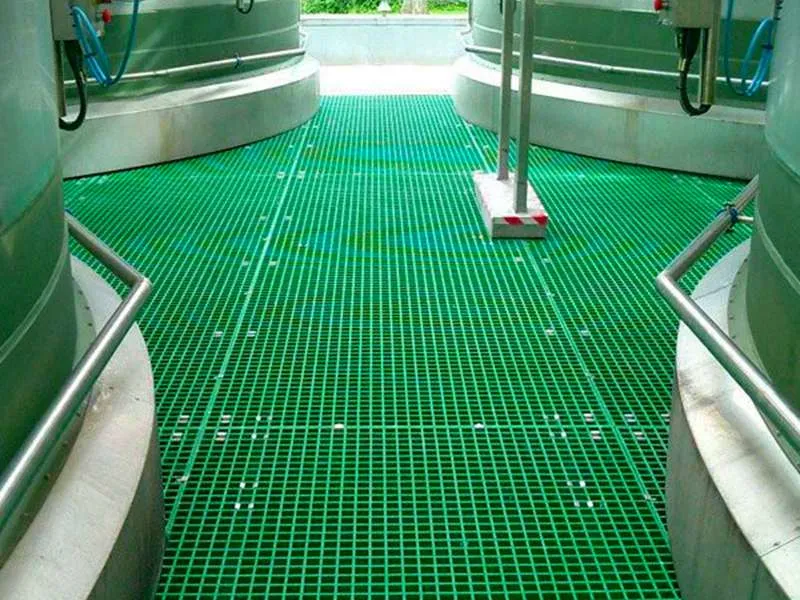
-
 Afrikaans
Afrikaans -
 Albanian
Albanian -
 Amharic
Amharic -
 Arabic
Arabic -
 Armenian
Armenian -
 Azerbaijani
Azerbaijani -
 Basque
Basque -
 Belarusian
Belarusian -
 Bengali
Bengali -
 Bosnian
Bosnian -
 Bulgarian
Bulgarian -
 Catalan
Catalan -
 Cebuano
Cebuano -
 China
China -
 China (Taiwan)
China (Taiwan) -
 Corsican
Corsican -
 Croatian
Croatian -
 Czech
Czech -
 Danish
Danish -
 Dutch
Dutch -
 English
English -
 Esperanto
Esperanto -
 Estonian
Estonian -
 Finnish
Finnish -
 French
French -
 Frisian
Frisian -
 Galician
Galician -
 Georgian
Georgian -
 German
German -
 Greek
Greek -
 Gujarati
Gujarati -
 Haitian Creole
Haitian Creole -
 hausa
hausa -
 hawaiian
hawaiian -
 Hebrew
Hebrew -
 Hindi
Hindi -
 Miao
Miao -
 Hungarian
Hungarian -
 Icelandic
Icelandic -
 igbo
igbo -
 Indonesian
Indonesian -
 irish
irish -
 Italian
Italian -
 Japanese
Japanese -
 Javanese
Javanese -
 Kannada
Kannada -
 kazakh
kazakh -
 Khmer
Khmer -
 Rwandese
Rwandese -
 Korean
Korean -
 Kurdish
Kurdish -
 Kyrgyz
Kyrgyz -
 Lao
Lao -
 Latin
Latin -
 Latvian
Latvian -
 Lithuanian
Lithuanian -
 Luxembourgish
Luxembourgish -
 Macedonian
Macedonian -
 Malgashi
Malgashi -
 Malay
Malay -
 Malayalam
Malayalam -
 Maltese
Maltese -
 Maori
Maori -
 Marathi
Marathi -
 Mongolian
Mongolian -
 Myanmar
Myanmar -
 Nepali
Nepali -
 Norwegian
Norwegian -
 Norwegian
Norwegian -
 Occitan
Occitan -
 Pashto
Pashto -
 Persian
Persian -
 Polish
Polish -
 Portuguese
Portuguese -
 Punjabi
Punjabi -
 Romanian
Romanian -
 Russian
Russian -
 Samoan
Samoan -
 Scottish Gaelic
Scottish Gaelic -
 Serbian
Serbian -
 Sesotho
Sesotho -
 Shona
Shona -
 Sindhi
Sindhi -
 Sinhala
Sinhala -
 Slovak
Slovak -
 Slovenian
Slovenian -
 Somali
Somali -
 Spanish
Spanish -
 Sundanese
Sundanese -
 Swahili
Swahili -
 Swedish
Swedish -
 Tagalog
Tagalog -
 Tajik
Tajik -
 Tamil
Tamil -
 Tatar
Tatar -
 Telugu
Telugu -
 Thai
Thai -
 Turkish
Turkish -
 Turkmen
Turkmen -
 Ukrainian
Ukrainian -
 Urdu
Urdu -
 Uighur
Uighur -
 Uzbek
Uzbek -
 Vietnamese
Vietnamese -
 Welsh
Welsh -
 Bantu
Bantu -
 Yiddish
Yiddish -
 Yoruba
Yoruba -
 Zulu
Zulu
frp weir
Understanding the FRP Weir A Modern Approach to Water Management
Water management systems have become increasingly essential in the face of growing global challenges such as climate change, urbanization, and population growth. One innovative solution that has gained prominence in recent years is the Fiber Reinforced Polymer (FRP) weir. This technology incorporates the strength and durability of fiber-reinforced materials, making it a valuable asset in water resource management.
A weir, in its most basic form, is a barrier built across an open channel or stream to raise the water level upstream or regulate flow downstream. Weirs are typically used in irrigation, flood control, and water measurement, playing critical roles in managing natural water bodies. Traditional weirs are often constructed from concrete or wood; however, these materials can be susceptible to various environmental factors, including corrosion, erosion, and algae growth. This is where FRP weirs come into play, offering several distinct advantages.
.
2. Lightweight and Versatile Design The lightweight nature of FRP allows for easier transportation and installation compared to conventional materials. This characteristic is particularly advantageous in remote or challenging terrains where heavy machinery may not be accessible. Additionally, the design flexibility of FRP enables engineers to create customized solutions tailored to specific environmental conditions and engineering requirements. From small-scale applications in rural areas to large municipal water management systems, FRP weirs can be adapted to meet diverse needs.
frp weir

3. Environmental Impact The use of FRP weirs also aligns with sustainable water management practices. Since they are manufactured from materials that can be recycled, FRP weirs contribute to lower long-term environmental footprints. Furthermore, the reduction of maintenance and replacement frequency leads to decreased resource consumption, supporting the overarching goal of environmental preservation.
4. Effective Flow Measurement A crucial function of many weirs is to measure flow rates and manage water levels effectively. FRP weirs can be designed with precision to optimize their flow measurement capabilities. Engineers can incorporate various shapes and sizes, including V-notch or rectangular weirs, depending on the specific flow characteristics of the water body in question. By facilitating accurate flow measurements, these weirs prove invaluable for water quality assessments, ecological studies, and budgeting for water resource management.
5. Cost-Effectiveness While the initial investment for FRP weirs may be higher compared to traditional materials, the long-term savings achieved through reduced maintenance and extended lifespans make them a cost-effective solution. Additionally, their ease of installation minimizes labor costs, further enhancing their financial viability.
Conclusion The emergence of FRP weirs represents a significant advancement in water management technology. By combining durability, lightweight design, environmental sustainability, and effective measurement capabilities, FRP weirs provide versatile solutions to modern water management challenges. As societies worldwide continue to grapple with the effects of climate change and increasing resource demands, the adoption of innovative technologies like FRP weirs will be crucial in securing sustainable water resources for future generations. Investing in such technologies not only enhances water management practices but also supports global efforts toward environmental conservation and resilience in the face of ecological challenges.









